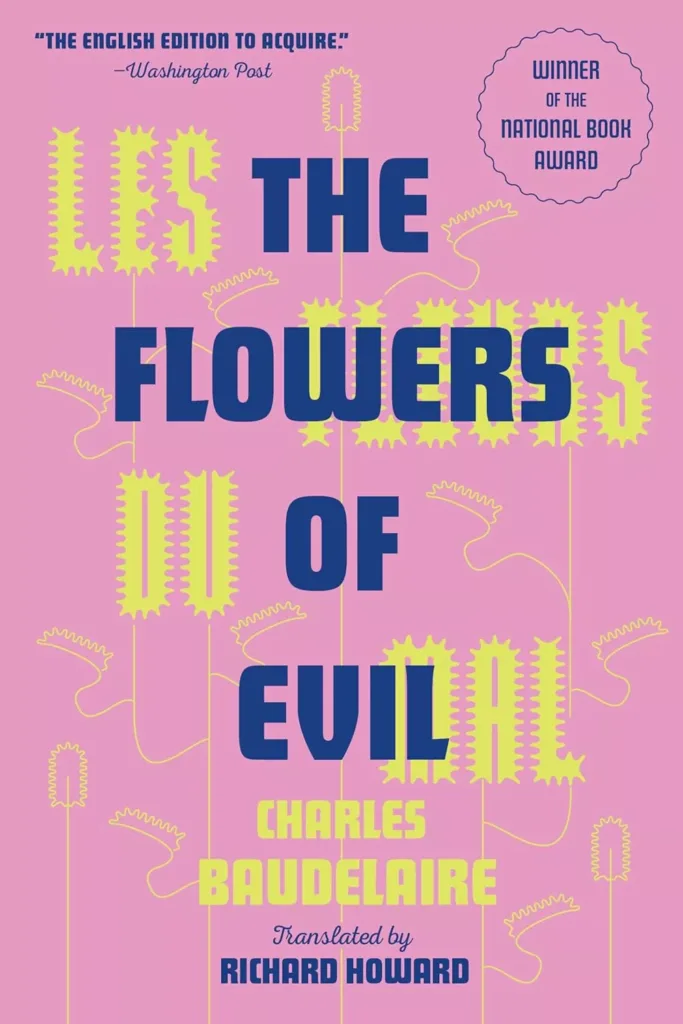Between the moon and the night. Beyond, it is already dark.
A streetlamp plays splashes of light
Rhyming steps that do not return.
The last quasar smiles, wandering.
Deposited for legal protection with Patamu: certificate
Video
A brief note on symbolist poetry
Symbolist poetry emerged in the late 19th century as a reaction against the rigid conventions of realism and naturalism. This literary movement aimed to express emotions, feelings, and ideas through symbols and metaphors rather than direct representation. Symbolist poets sought to evoke the ineffable and the mysterious, often exploring themes such as dreams, spirituality, and the unconscious mind.
Some important protagonists of Symbolist poetry include Charles Baudelaire, Stéphane Mallarmé, and Paul Verlaine. Baudelaire’s collection of poems “Les fleurs du mal” (The Flowers of Evil) is considered a seminal work of Symbolist literature, exploring beauty, decadence, and the duality of human nature.

Mallarmé’s enigmatic and experimental poems, such as “Un coup de dés jamais n‘abolira le hasard” (A throw of dice will never abolish chance), pushed the boundaries of poetic form and meaning. Verlaine, known for his musicality and sensitivity, is best remembered for his collection “Romances sans paroles” (Songs without words).
Symbolist poetry continues influencing modern literature and remains a cornerstone of innovation and poetic expression.
If you like this poem, you can always donate to support my activity! One coffee is enough!


